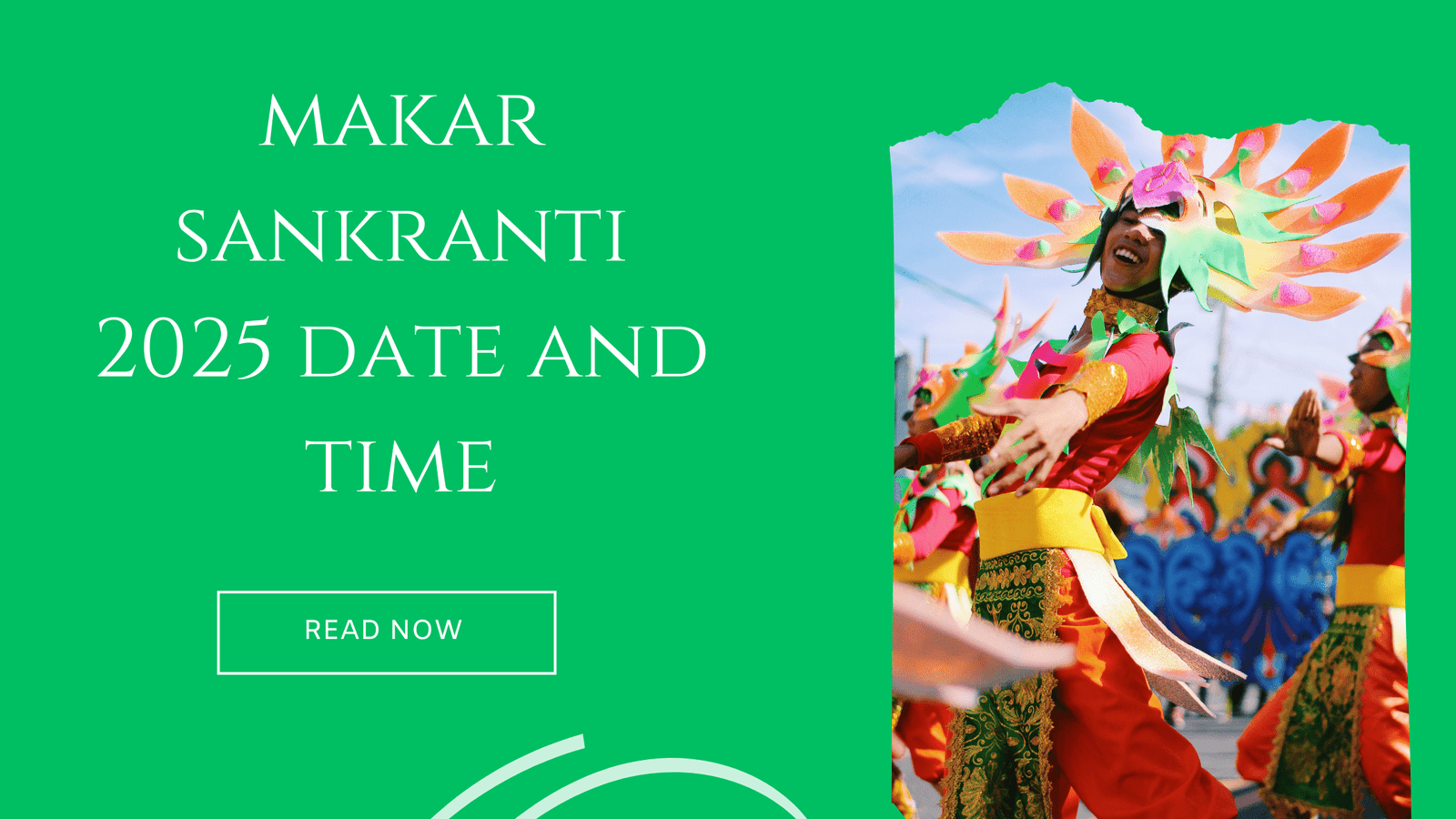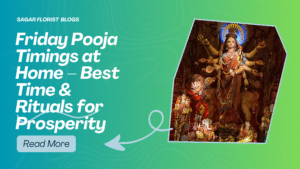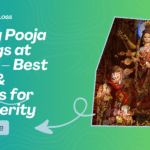Makar Sankranti 2025: A Celebration of Harvest, Sun, and Tradition
Makar Sankranti is one of the most vibrant and widely celebrated festivals in India. Marked by joyous festivities, cultural rituals, and an abundance of traditional foods, it signifies the transition of the sun into the zodiac sign of Capricorn (Makar) and the start of the harvest season. This festival holds great significance across various regions in India and is celebrated with distinct customs, foods, and activities.
When is Makar Sankranti 2025?
Date: January 14, 2025
Time of the Sankranti Moment (Makara Sankranti) — 2025:
Makar Sankranti will occur on January 14, 2025, when the sun enters Capricorn. The exact timing of the Sankranti moment (also known as “Sankranti Muhurat”) will be at 08:57 AM IST.
Why is Makar Sankranti Celebrated?
Makar Sankranti marks the end of the winter solstice and the beginning of the sun’s northward journey, known as “Uttarayan.” The festival signifies the gradual increase in daylight and the warming of the earth. It is believed that taking a dip in holy rivers like the Ganga or Yamuna during this period cleanses one’s soul and brings blessings.
The day is also a time to celebrate the harvest, especially the rice, sugarcane, and sesame crops. In rural India, it is a time to thank the sun for its warmth and light, which contribute to good harvests.
Regional Celebrations and Customs
While Makar Sankranti is celebrated across India, its customs vary from state to state. Here’s a quick look at how different regions observe this festival:
- Punjab and Haryana: In the northern states, Makar Sankranti is celebrated as Lohri (on January 13) and Maghi (on January 14). The festival is marked by bonfires, dancing, and feasts. People gather around a bonfire, singing traditional folk songs, and offering sesame seeds, jaggery, and sugarcane to the flames.
- Maharashtra: In Maharashtra, Makar Sankranti is synonymous with flying kites. Families gather in the open air to compete in kite flying contests, and the festival is also associated with the exchange of tilgul (sesame and jaggery sweets). The message of “Tilgul ghya, god god bola” (Take tilgul and speak sweetly) is exchanged, emphasizing good words and relationships.
- Tamil Nadu: The festival is celebrated as Pongal in Tamil Nadu. This four-day festival is a major harvest celebration and involves preparing a special dish, also called Pongal, made from freshly harvested rice, sugarcane, and other seasonal ingredients. The festival is a time to honor the Sun God.
- Uttar Pradesh: Makar Sankranti is a significant occasion for religious activities, especially at the Kumbh Mela when devotees take a holy dip in the Ganges River. People also fly kites and prepare sweets like tilgul and khichdi.
- Gujarat: The state of Gujarat celebrates the festival with much enthusiasm. People gather in large open spaces to enjoy kite flying and also prepare a variety of delicacies like undhiyu (a mixed vegetable dish) and khichdi. The vibrant kite flying symbolizes the coming of warmer days.
Rituals and Traditions
- Flying Kites: In many parts of India, kite flying is a central activity on Makar Sankranti. It symbolizes the rising sun and the transition towards a new season.
- Bonfires and Makar Sankranti Puja: People light bonfires, especially in rural areas, as part of the celebration. This tradition represents the triumph of light over darkness.
- Sweets and Feasts: Makar Sankranti is associated with the consumption of sweets made from til (sesame seeds) and gur (jaggery), as these ingredients are believed to bring warmth and energy during the cold winter months. Traditional sweets like tilgul and kachaudi are shared among friends and family.
- Dips in Sacred Rivers: It is considered auspicious to take a dip in holy rivers like the Ganges or Yamuna, washing away sins and seeking blessings for prosperity and good health.
Makar Sankranti and the Sun
The sun plays a central role in the significance of Makar Sankranti. The day marks the point where the sun moves from the southern hemisphere to the northern hemisphere, which is seen as a time of spiritual growth and prosperity. People believe that the sun’s northward journey brings an increase in warmth and is the beginning of a period of increasing light, signifying good fortune.
Conclusion
Makar Sankranti is more than just a festival; it is a time of renewal, joy, and gratitude. Whether you are flying kites, enjoying a festive meal, or simply spending time with family, the spirit of the festival is one of togetherness, celebration, and honoring the forces of nature that sustain us.
Make sure to mark your calendars for January 14, 2025, and celebrate the harvest season with joy, warmth, and positive energy!
How Will You Celebrate Makar Sankranti?
Whether you’re planning a traditional feast or partaking in outdoor festivities, share how you’ll be celebrating Makar Sankranti 2025 in the comments below!






